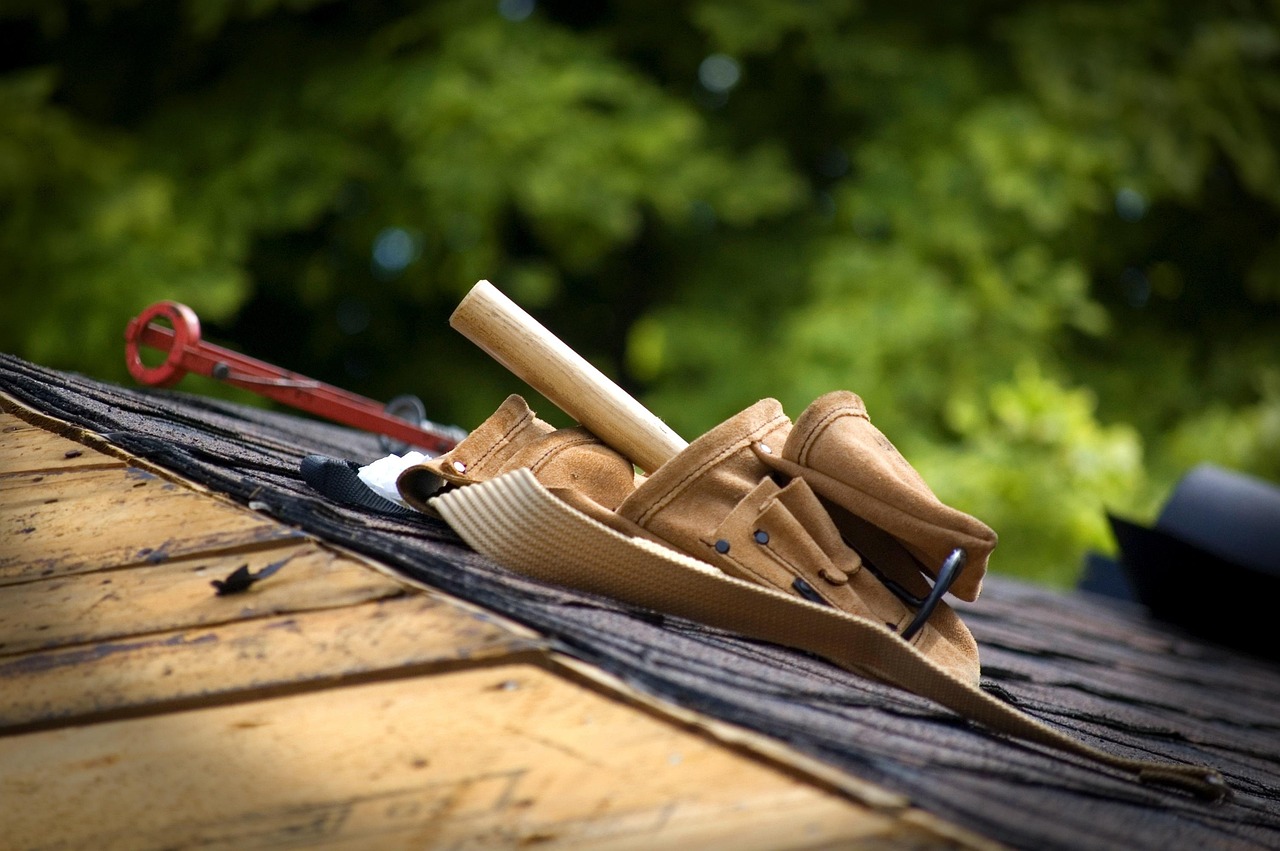Installing gutters requires a specific set of tools designed to ensure precision, durability, and efficiency. These tools enable proper shaping, cutting, and fastening of gutter materials, making the installation process smoother and more reliable.
The essential tools for gutter installation include crimpers, snips, punches, rivet guns, and measuring devices, each serving a critical role in creating a secure and functional gutter system. Having these tools readily available allows installers to manage metal sheets, seal joints, and attach gutters effectively.
Whether working with aluminum, steel, or copper gutters, the right tools support accuracy and speed. Using specialized equipment designed for gutters, such as end cap crimpers and downspout expanders, helps avoid common issues like leaks or poor alignment, improving the overall quality of the installation.
Essential Tools for Gutter Installation
Successful gutter installation requires precise measuring, clean cutting, secure fastening, and proper safety measures. Having the right tools in each category ensures accuracy, efficiency, and safety throughout the process.
Measuring and Marking Equipment
Accurate measurement is critical to ensure gutters fit properly and slope correctly for water drainage. A measuring tape with clear increments allows precise measurement of roof edges and gutter lengths. A level is necessary for setting the correct slope, typically about 1/4 inch per 10 feet, preventing water pooling and overflow issues.
Marking tools like a pencil or chalk line help delineate where cuts or brackets will go. These tools support clear, visible guides on metal or fascia, reducing errors during cutting or installation. Proper measurement and marking save time and prevent costly mistakes.
Cutting Tools
Cutting gutters to length and shaping gutter guard materials requires specialized tools. Tin snips or aviation snips are the preferred hand tools for cleanly cutting aluminum or steel gutters without distorting the material. For larger jobs, a gutter machine can automate forming and cutting sections but is less common for DIY work.
A hacksaw or powered reciprocating saw can be used for cutting thicker materials or downspouts. Sharp blades and proper technique are essential to avoid jagged edges that can cause leaks or injury. Keeping tools well-maintained optimizes cutting accuracy and safety.
Fastening and Securing Tools
To attach gutters firmly, installers need a range of fastening tools. A drill or screwdriver is required for screwing brackets and hangers into fascia or soffit boards. Using the correct screw sizes and corrosion-resistant materials ensures a strong, long-lasting hold.
Pop rivet guns or crimpers are useful for joining gutter sections and reinforcing seams. Proper use of sealants, applied with a caulking gun, helps prevent leaks at joints. Preparing all fastening tools ahead keeps installation smooth and secure.
Safety Gear and Accessories
Working on roofs and handling sharp materials involves risks that require proper safety gear. A sturdy, adjustable ladder with non-slip feet is necessary for safe rooftop access. Wearing work gloves protects hands from cuts caused by sharp metals and edges.
Safety glasses guard against flying debris during cutting. Non-slip footwear provides stability when working on pitched roofs. Ensuring all safety gear fits well and is in good condition minimizes injury risks and promotes a safer work environment.
Additional Equipment and Advanced Gutter Installation Tools
Advanced gutter installation requires tools beyond standard cutters and crimpers. These include equipment for cleaning debris, ensuring watertight seals, and safely accessing elevated work areas. Each category addresses specific challenges encountered during gutter projects.
Debris Removal and Cleaning Tools
Keeping gutters clear is essential for proper water flow and avoiding damage. Specialized cleaning tools often feature flexible, malleable materials that conform to various gutter sizes. Foam or rubber-tipped brushes attach to extendable poles for safe, effective debris removal from the ground or ladder.
Other common tools include gutter scoops and gutter vacuums that remove leaves, dirt, and sediment thoroughly. Some systems combine water jets or vacuums to flush accumulated residues. Temporary gutter holders also help position gutters during installation and cleaning tasks.
Sealing and Waterproofing Tools
Ensuring a gutter system is leak-proof involves specialized sealing tools and materials. Caulking guns apply waterproof sealants precisely along seams and joints. Brushes or trowels help spread sealants evenly for a tight bond.
Sealant tapes and butyl rubber strips are commonly used for seamless gutters. Proper surface preparation tools like wire brushes remove debris and oxidation to improve adhesion. Advanced plumbers also carry heat guns to cure or soften certain sealants during installation.
Ladders and Access Equipment
Safe and stable access to roof edges is critical. Extension ladders with locking mechanisms provide adjustable lengths to reach different heights securely. Platform ladders or scaffoldings offer wider, stable work surfaces.
Some professionals use gutter installation-specific ladder accessories, such as ladder stabilizers and gutter guards, to prevent damage and add safety. Lightweight aluminum ladders are preferred for ease of transport without sacrificing strength.


Leave a Reply